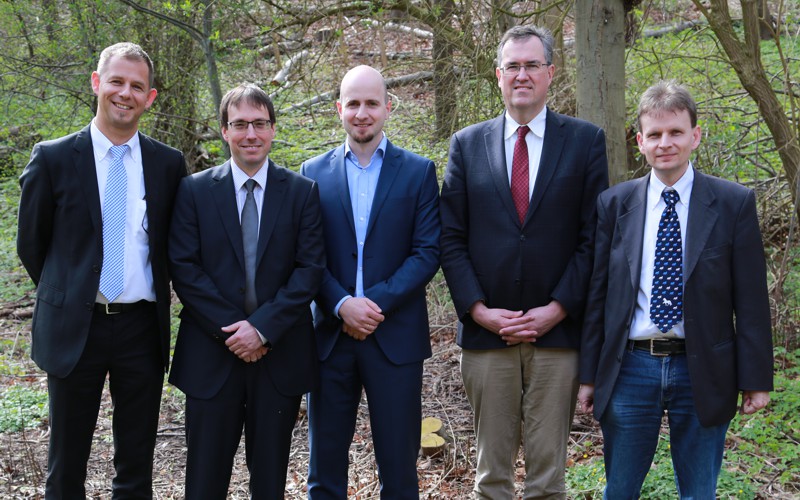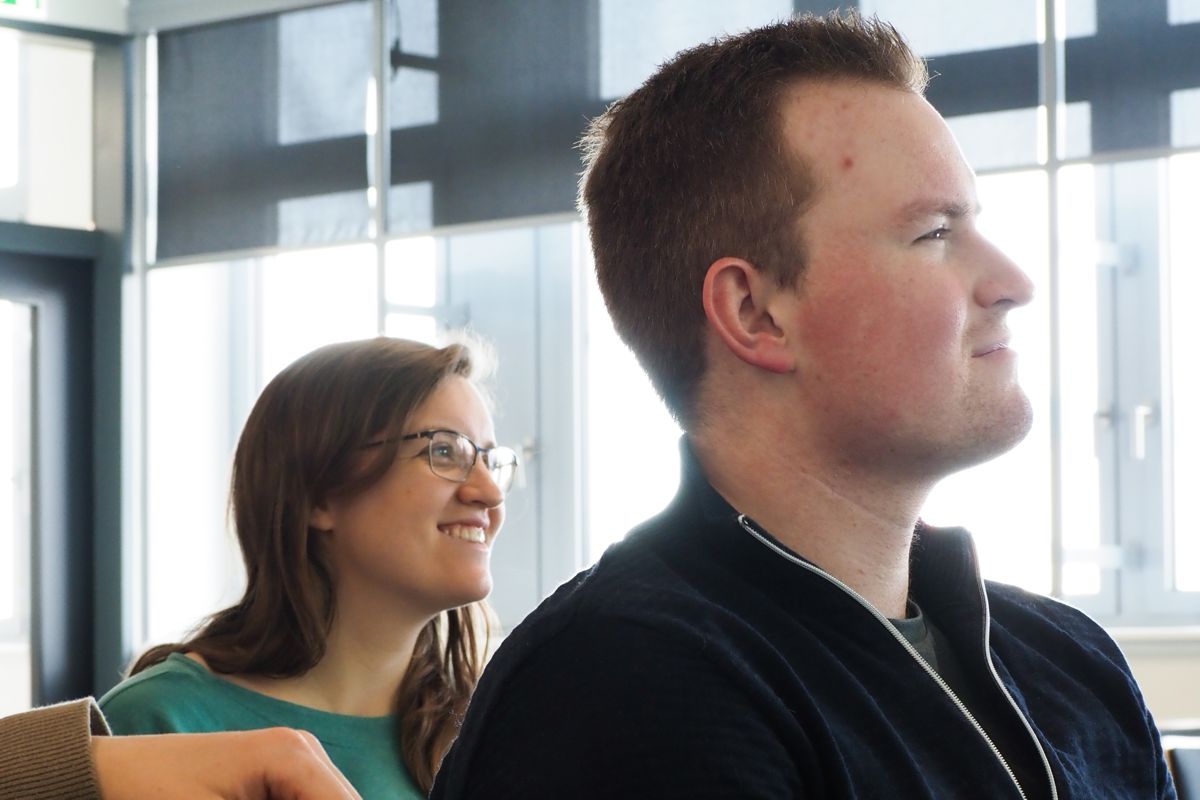No. 5 - Kolja Pikora
Kolja Pikora: Automatische Mehrzielverfolgung als Grundlage für die Kontaktfusion und Parameterschätzung in einem Aktivsonarsystem
Shaker-Verlag, 2017
Commission
- Prof. Dr.-Ing. Gerhard Schmidt
(first reviewer) - PD. Dr. Wolfgang Koch
(second reviewer) - Prof. Dr.-Ing. Michael Höft
(examiner) - Prof. Dr. rer. nat. Lorenz Kienle
(head of the examination board)
Abstract
An active sonar system is used for the detection, classification and tracking of underwater objects. It consists of a transmitter which sends out acoustic energy into the water and a receiver (towing ship) which makes use of a towed hydrophone array (towed array) for detecting acoustical reflections in the environment. Within a common used signal processing chain the reflections are processed by signal enhancement and beamforming algorithms to create sonar contacts each representing one reflection. Based on these generated contacts, tracks of possible target trajectories are estimated in a subsequent automatic multitarget tracking which is within this work realized by a cardinalized PHD-filter. In parallel to the contact generation parameter estimation techniques could be used for approximating system parameters whose knowledge is essential for a correct contact generation. If several waveforms are used for transmission each of these waveforms is processed in an individual signal processing chain. The resulting contacts can be fused in an explicit contact fusion procedure or within the multitarget tracking to achieve an increasing localization accuracy of the targets.
A central problem in target tracking is demonstrated by the fact, that the uncertainty in the generation of sonar contacts affects the position of target tracks proportionally. The accuracy and probability of detection of sonar contacts can be mitigated by a loss of coherence in the transmitted signal waveforms and by a maneuver of the towing ship (and thus of the towed array). The purpose of this work is the study of a feedback of tracking information back to the contact generation for an improvement of the target localization. The contact fusion and the parameter estimation within the contact generation are possibilities to use the information provided by the feedback.
Within the context of this work, a so called semicoherent contact fusion is developed which counteracts the loss of coherence in the signal forms. This fusion technique contains an association of contacts generated from hyberbolic frequency modulated waveforms by using target state information from the target tracking as additional input. It is shown, that the semicoherent contact fusion leads to increasing tracking performance while suffering from multitarget situations. Within a parameter estimation for approximating the hydrophone positions the semicoherent contact fusion is used for calculating multitarget likelihoods. Within this work, the estimation of hydrophone positions is realized in a selftracking routine which also uses target state information from the target tracking. The focus of the estimation of hydrophone positions is on the moment of a towing ship maneuver. It turns out, that a self-tracking during a maneuver is possible and neither knowledge of non acoustical sensor data of the hydrophone array nor prior knowledge about sources of opportunity in the environment are necessary. The discussion of the new developed algorithms is based on Monte-Carlo simulations generating track metrics which describe the quality of the tracks at the output of the multitarget tracker. The results of the semicoherent contact fusion are compared with the iterative update procedure within the cardinalized PHD-filter. The results of the self-tracking procedure is compared with tracking results based on different knowledge about the maneuver of the array. As shown in the results, the feedback of information from the multitarget tracker back to the contact fusion and parameter estimation is a capable approach for increasing the performance of an active sonar system.

 Visit of the Hans Böckler Foundation
Visit of the Hans Böckler Foundation